Tree Death Adds Fuel to the Fire
A record 66 million trees have died in California since 2010, adding a huge fuel threat to an already dangerous fire landscape. Not only are decomposing trees more flammable, they can also present a safety hazard to firefighters. Specifically, dead trees can fall during fires (which have resulted in deaths), and fallen trees can be an obstacle preventing vehicles and firefighters from reaching the fire.
Dead Wood Danger
When a tree dies, its wood dries out and becomes very flammable. When building a campfire, there’s a reason we use downed wood instead of chopping down live trees. Healthy, living trees have a relatively high moisture content. This helps trees survive a wildfire and slows the progress of that wildfire. When tree death occurs from old age or other reasons, standing dead or fallen trees provide a large amount of dry fuel for wildfires, encouraging fire growth and hindering efforts to put it out.
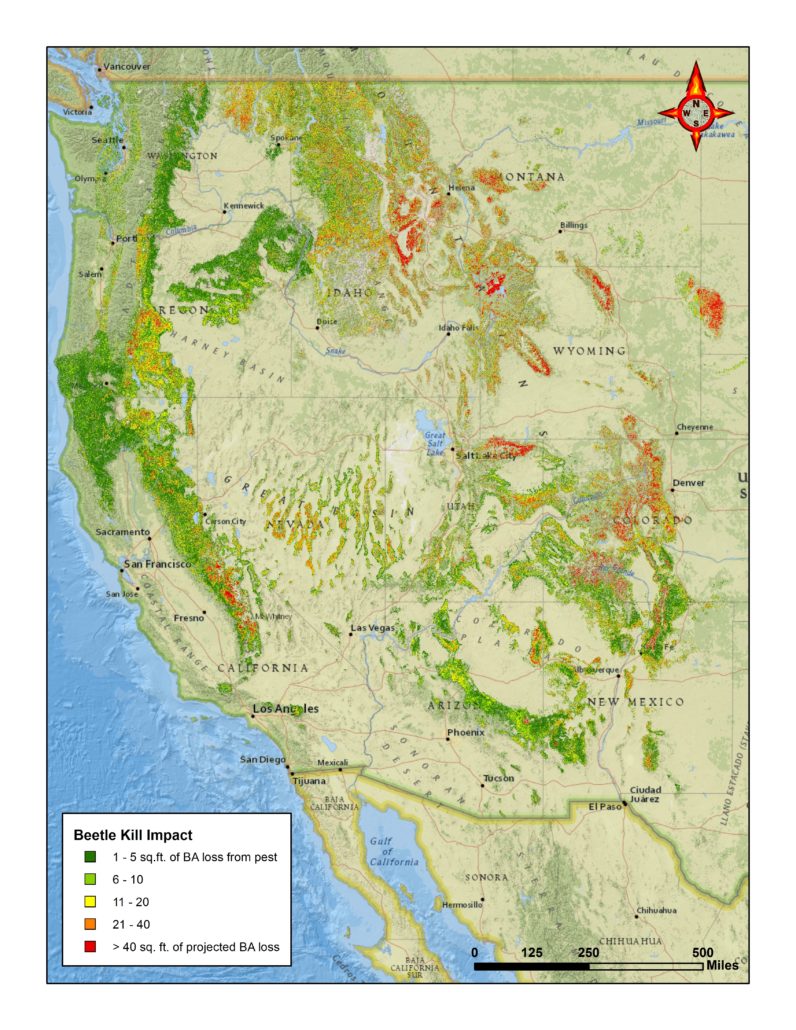
Bark Beetle impact from 2012 US Forest Service report
What’s Happening to the Trees?
Established trees are fairly resilient to seasonal changes in their environment, so it is difficult to understand exactly what is causing so much tree death in California. Perhaps not surprisingly, several stressors have been acting on the trees at the same time.
Drought:
California has been in an historic drought for the past five years. Most native California trees are fairly resilient to drought, but a prolonged drought weakens the trees and exposes them to pests and disease that a healthier tree could normally fight off.
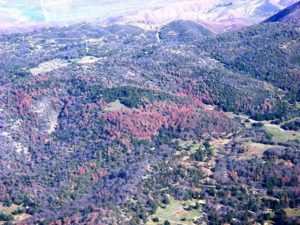
Tree death (brown trees) near Julian in San Diego County
Pests:
Tree bark is the main defense for trees against pests, disease, and fires. Bark beetles burrow into the bark and expose the trees to other pests or diseases, and can reduce their fire resiliency. Different types of bark beetles act as pests to different types of trees. The Pines and Conifers in the Sierra Nevada Mountains have been decimated by these beetles. Beetle-kill trees have been blamed for prolonging the firefight on the Beaver Creek Fire in Northern Colorado and also the Cedar Fire in California’s Southern Sierra Nevada Range. Tree deaths due to these beetles have been attributed to several major campaign fires across the west over the past few summers. The map above shows hard-hit beetle kill timber forests across the west (in red), which includes both the Cedar and Beaver Creek fire areas.
Disease:
The coast live oak trees have been exposed to Sudden Oak Death, which is caused by a non-native tree fungus. This fungus and other non-native diseases are responsible for an estimated 5 – 10 million oak tree deaths. Many dead trees were identified in the areas where the Soberanes fire near Big Sur is currently burning and have likely contributed (along with major drought) to its acreage eclipsing 100,000 this week.
Plans for Tree Death Prevention
Drought, pests, and disease all put stress on otherwise healthy trees. When these stresses are combined, we can expect to see continued tree death at unprecedented scales. California has programs to both reduce the amount of tree death and to remove dead trees as a means of reducing fire danger. Lately, resources have been too scarce to keep up with the levels of tree deaths plaguing the state. Learn more about the epidemic and what is being done to prevent further problems here.

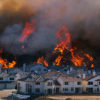
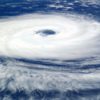
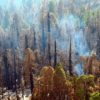
One Comment